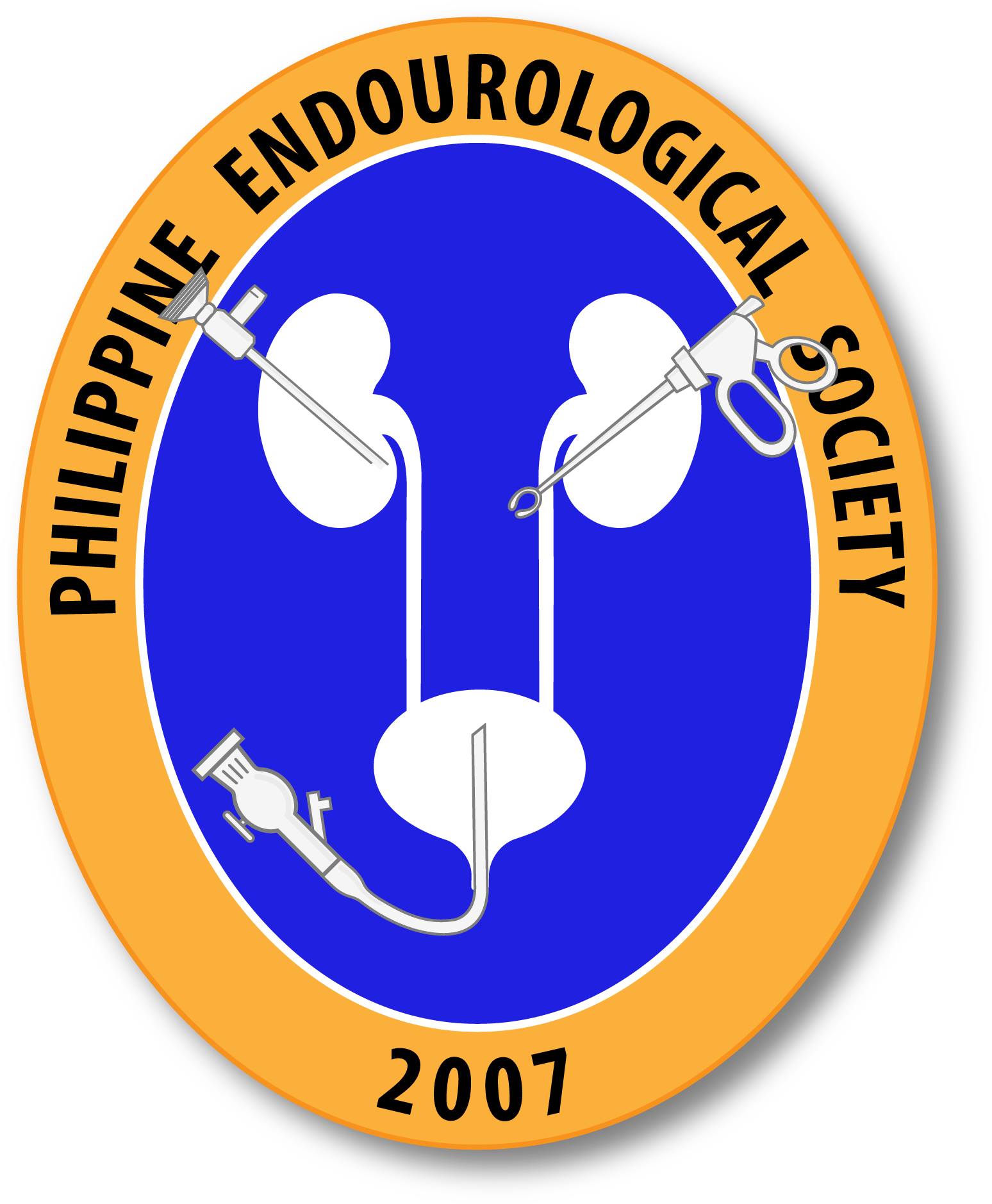Persistent stress urinary incontinence (SUI) following surgery for prostate cancer is the strongest negative predictor of health-related quality-of-life after radical prostatectomy.1 Post-prostatectomy incontinence (PPI) is highly prevalent based on validated patient-reported outcome measures and 5% of all patients ultimately require surgical treatment.2,3 The artificial urinary sphincter (AUS) is widely regarded as the surgical treatment of choice for bothersome PPI, but the development of several types of male sling over the past decade has led to their increasing use. It is generally believed that the AUS is more suitable for patients with moderate-to-severe SUI whereas the male slings are better suited to those with mild-to-moderate SUI.4 However, these surgical options have not previously been directly compared to assess efficacy and safety.
